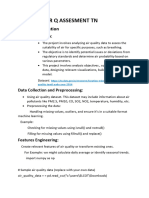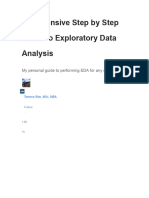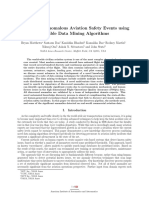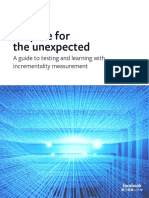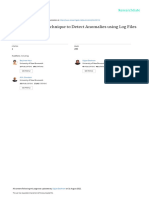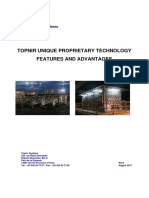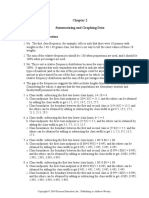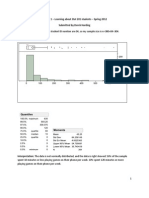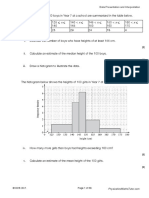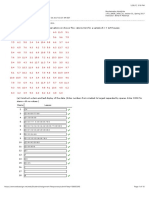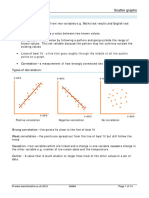BASIC STATISTICS
Descriptive Analytics and Data Preprocessing on Sales &
Discounts Dataset
Introduction
● To perform descriptive analytics, visualize data distributions, and preprocess
the dataset for further analysis.
Descriptive Analytics for Numerical Columns
● Objective: To compute and analyze basic statistical measures for numerical
columns in the dataset.
● Steps:
Load the dataset into a data analysis tool or programming environment
(e.g., Python with pandas library).
Identify numerical columns in the dataset.
Calculate the mean, median, mode, and standard deviation for these
columns.
Provide a brief interpretation of these statistics.
Data Visualization
● Objective: To visualize the distribution and relationship of numerical and
categorical variables in the dataset.
● Histograms:
Plot histograms for each numerical column.
Analyze the distribution (e.g., skewness, presence of outliers) and provide
inferences.
● Boxplots:
Create boxplots for numerical variables to identify outliers and the
interquartile range.
Discuss any findings, such as extreme values or unusual distributions.
� ● Bar Chart Analysis for Categorical Column:
Identify categorical columns in the dataset.
Create bar charts to visualize the frequency or count of each category.
Analyze the distribution of categories and provide insights.
Standardization of Numerical Variables
● Objective: To scale numerical variables for uniformity, improving the dataset’s
suitability for analytical models.
● Steps:
Explain the concept of standardization (z-score normalization).
Standardize the numerical columns using the formula: z=x-mu/sigma
Show before and after comparisons of the data distributions.
Conversion of Categorical Data into Dummy Variables
● Objective: To transform categorical variables into a format that can be
provided to ML algorithms.
● Steps:
Discuss the need for converting categorical data into dummy variables
(one-hot encoding).
Apply one-hot encoding to the categorical columns, creating binary (0 or
1) columns for each category.
Display a portion of the transformed dataset.
Conclusion
● Summarize the key findings from the descriptive analytics and data
visualizations.
● Reflect on the importance of data preprocessing steps like standardization
and one-hot encoding in data analysis and machine learning.












































